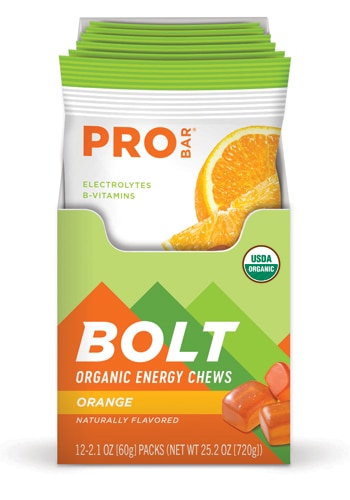Using a fitness tracker could make it easier to reach your health goals. According to research published in the
British Journal of Sports Medicine, those who use a smart fitness tracker tend to
increase their step count by 1,850 a day, on average. In reviewing how often fitness tracker users move, as well as the duration and intensity of their exercise, they found fascinating data. People are generally more active when they can view their steps, mileage, heart rate and other metrics in real-time.

This boost in daily activity can be just what you need to stay motivated and healthy, even on your busiest days. With so many apps and wearable bands to choose from, where do you even get started? Use these tips and tricks to find the right option for you and make the most of it.
Choose the right wearable fitness tracker for your needs
Before you invest in a fitness tracker, there are some factors you need to consider. Start with design, comfort, tracking modes, display features and price range of the device. Most fitness trackers are wearable, so make sure the fit isn’t awkward or restrictive.
Once you find a comfortable design, answer these questions to narrow it down to the one that’s best suited for you:
- What is your budget? Wearables can cost anywhere from less than $100 for a basic model to over $400 for a more sophisticated tracker.
- Which activities will you use it for? If you plan to walk, cycle or run, you’ll want a device that can measure steps, distance, heart rate, active minutes and even If you plan to swim, look for a device that’s waterproof and can measure the speed, stroke length and number of laps.
- Do you want navigation? Some wearables come with a built-in GPS function to plan your exercise routes, track mileage, and access turn-by-turn directions.
- What display visuals do you prefer? Basic wearables have a simple LED face that shows data in the form of simple words or numbers. The more expensive options have a complex touch screen watch-face with interactive data points that you can store or sync with a linked mobile application.
- How is the battery life? For all-day use or long endurance workouts, you want a tracker that can hold a charge for many hours at a time.
Set a goal that's measurable and adjustable
Goal-setting is an important part of fitness. A recent study from the
Digital Health Journal found that participants who used fitness trackers on a regular basis met their goals due to the tech's visual and interactive gamification features.
When you can see the progress calculated in real-time, this promotes feelings of self-efficacy, the research also points out, which will further incentivize you to stick with the regimen in pursuit of your goal.
If you haven’t already, get clear on a quantifiable goal so you can use your tracker to measure it. Don’t forget to make it both realistic and tangible as well. For example, “run 6 miles, three days each week until my next 10K race.” Once you have the goal in mind, you can stay on course with your fitness tracker of choice.
Another benefit of using a fitness tracker is that it allows you to make adjustments to this goal as your needs, abilities or preferences shift. You can shift your goal from total mileage run each week to the time it takes to run that mileage or to maintaining a specific heart rate for the duration of each run.
A great fitness tracker makes it easy for you to stay on course, no matter how your goals evolve.
Experiment with smartphone integrations
Many fitness trackers do more than compile exercise metrics. They can also sync this data with other mobile or cloud-based platforms so it’s easy to access and store. When integrated, if you want to see your most recent data, but don’t have your watch on you, you can easily see it with your phone.
Consider a few fitness trackers that make it easy to sync and switch between devices without missing a beat:
When determining which tracker is best for you, review their integrations. Which are most important for your needs? Which will help you get the most value out of the device? Use this information to guide your decision-making.
Tap into your fitness tracker functions like a pro
No matter what your exercise goals are, a fitness tracker can help you achieve them. These smart devices come equipped with many functions that boost motivation, calculate progress and increase overall activity. When you use that fitness tracker to its full advantage you can take your workouts to the next level and hit your big fitness goals.
Featured product





